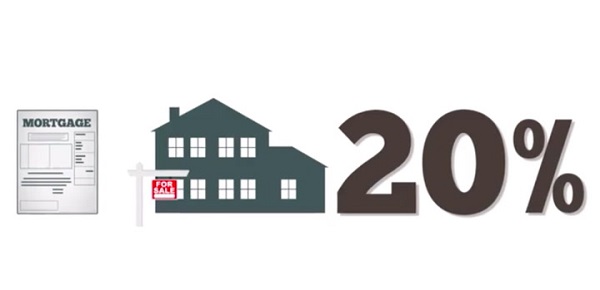
Private Mortgage Insurance Guidelines, also called PMI, are mostly required when you buy a home with under 20% down. The additional charge causes balance the danger to your moneylender, and it’s particularly regular for government-supported credits, for example, USDA and FHA contracts, which generally permit minimal down payments and are famous among first-time homebuyers.
The Federal Housing Authority has a comparative home loan protection premium requirement for those taking out an FHA loan,1 with somewhat different principles. This article is about PMI, yet the reasons to avoid it apply to both sorts of loans.
Private Mortgage Insurance Guidelines seems like an extraordinary method to purchase a house without saving as much down installment. Sometimes it is the solitary alternative for new homebuyers. But there are valid justifications for why you should try to avoid Private Mortgage Insurance. Here is the top, alongside a possible way for those without a 20% down payment to evade it inside and out.
What are Private Mortgage Insurance Guidelines?
Conventional mortgages upheld by either Fannie Mae or Freddie Mac regularly require a Private Mortgage Insurance Calculator when under 20% of a home’s price tag is given as a down payment. As a rule, borrowers pay a month-to-month premium to a private guarantor to cover PMI. If a home purchaser defaults on their loan, the insurance agency covers a segment of the bank’s loss.
It’s critical to take note that if you fall behind on your installments, you risk losing your home through dispossession. Home loan protection is carefully to support the bank if this occurs. From the perspective of the individual getting the home Online Loan Faster, the beneficial thing about home loan protection is that it empowers them to get credit without expecting to sell their investment funds to bear the cost of an initial installment of 20% or more.

Top Reasons to Avoid Private Mortgage Insurance Guidelines
Cost
PMI costs typically between 0.5% to 1% of the whole credit sum on a yearly premise. On a $100,000 credit, this implies the property holder could be paying as much as $1,000 every year, or $83.33 every month- – expecting a 1% PMI expense without help from anyone else that is a pretty hefty sum. The average home value, as indicated by the National Association of Realtors, is about $240,000, which implies families could be going through almost $200 per month on the protection. That is as much as a car installment!
PMI Fails to Help You
Paying for Private Mortgage Insurance Calculator is just about the nearest you can move to throw cash away. This is an exceptional intended to ensure the home advance bank, not you as a property holder. In contrast to the head of your credit, your PMI installment doesn’t go into building value in your home. It’s not Personal Funds you can recover with the offer of the house; it doesn’t do anything for your advance equilibrium, and it’s not assessment deductible like your home loan revenue. It’s just an extra charge you should pay if your home-advance to-home-value proportion is under 80%.

It is No Longer Tax-Deductible
2018 saw the establishment of the Tax Cuts and Jobs Act, which makes PMI no longer tax-deductible.
The Sole Beneficiary is the Lender
Think PMI will give your children cash in the unfortunate event that you die? Reconsider. For this approach, the loan specialist is the sole recipient, and money will be sent straightforwardly to them.
Giving Money Away
Homebuyers who put down under 20% of the sale cost should pay contract protection until the total value of the home arrives at 20%. This could take years, and it adds up to a lot of cash the mortgage holder is giving away. To place the expense into better point of view, if a couple who own a $250,000 home were to take instead of the $208 every month they were spending on PMI and put it in a shared asset that procured an 8% yearly accumulated rate of return, that cash would grow to $37,707 inside ten years.
PMI adds to your monthly contract costs; however, it can assist you with getting your foot in the homeownership door. When you’re purchasing a home, verify whether PMI will help you arrive at your land objectives quicker. Try not to consent to a home loan without looking at offers from at least three distinct moneylenders; however — that way, you can try to get the best rate and terms for your particular financial situation.
